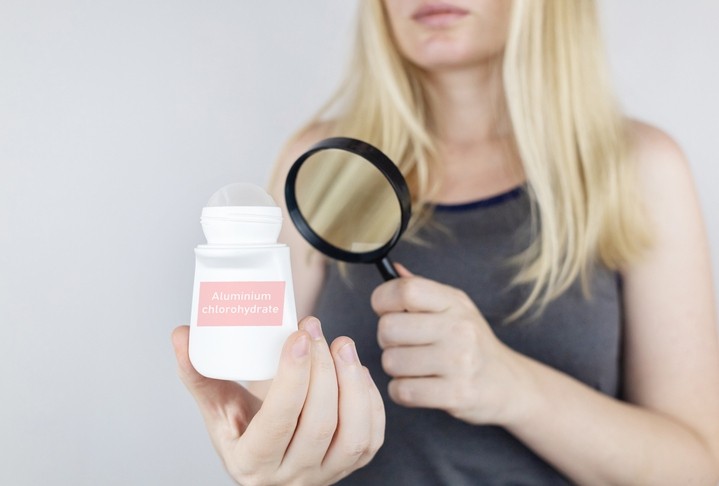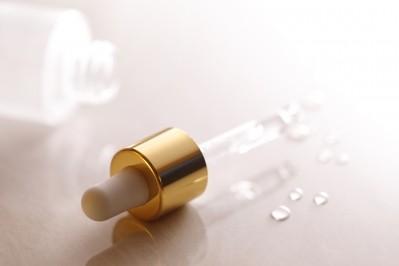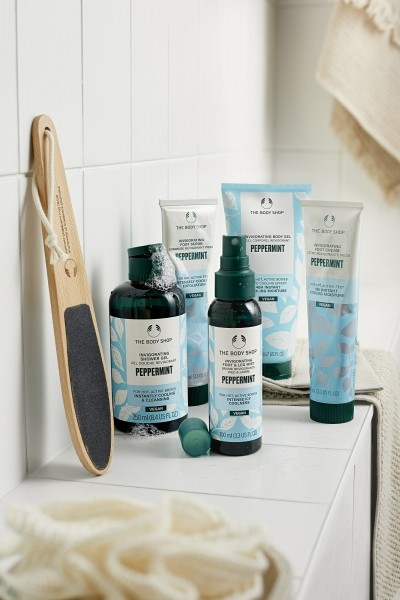Exploring EU regulations: Parabens

Parabens, a commonly used synthetic preservative in cosmetic and personal care products, have been the subject of extensive scientific scrutiny and public concern over the last decade due to potential health concerns.
“The controversy surrounding parabens stems from studies suggesting potential endocrine-disrupting properties and their ability to mimic oestrogen, raising concerns about possible links to hormone-related disorders and breast cancer,” explained Regulatory Consultant at regulations and testing company CE.Way, Taja Plut.
“However, the scientific community remains divided on the significance of these findings and the real-world implications for human health,” Plut added.
These preservatives can include methylparaben, ethylparaben, propylparaben, and butylparaben, which are esters of p-hydroxybenzoic acid widely used as antimicrobial preservatives in formulations.
Their efficacy in preventing microbial growth has made them a staple ingredient in many personal care products, including shampoos, lotions, makeup and skincare items.
Outlining the regulatory framework
Plut said that in response to growing concerns about the safety of cosmetic products, the European Union enacted Regulation 1223/2009 on Cosmetic Products.
“This comprehensive regulatory framework aims to ensure the safety and efficacy of cosmetics while safeguarding consumers. Specific provisions within the regulation address the use of preservatives, including parabens,” she explained.
She outlined that under Regulation 1223/2009, the cosmetics and personal care companies using parabens must adhere to specific criteria, which includes:
1. Cosmetic Product Safety Report (CPSR): They must compile detailed documentation, including the safety assessment and relevant data, into a Cosmetic Product Safety Report, demonstrating the safety of the cosmetic product before it enters the market.
2. Maximum Concentrations: The regulation sets maximum allowable concentrations for certain parabens in cosmetic products to minimise potential health risks. For example, propylparaben and butylparaben are limited to 0.8% in individual products and 1.0% when used in combinations.
3. Labelling Requirements: Manufacturers are obligated to list parabens and other ingredients on product labels, enhancing transparency for consumers and allowing them to make informed choices.
Plut also noted that because some parabens are safe for use in cosmetic products in certain quantities, albeit restricted, the ‘PARABEN FREE’ claim is no longer allowed to be used on labelling because it evokes a negative perception by consumers, who may think these ingredients are bad due to perception of myths.
Maximum safety concentrations in formulations
Drilling down on the Maximum Concentrations point, the European Commission guidance says that EU law allows the use of parabens in cosmetics, and one or several of them can be present in any given product. The maximum total concentration allowed in such consumer products is 8g of parabens per kilogram of cosmetic product, with no single paraben having a higher concentration than 4g/kg.
In a review of the most up-to-date scientific information, the Scientific Committee on Consumer Safety (SCCS) confirmed that for the smaller paraben molecules (methyl-and ethyl paraben) this is considered a safe limit.
For longer paraben molecules (propyl- and butyl paraben), the SCCS recommends lowering that limit to a maximum total concentration of 1.9 g/kg parabens.
While, for other, less-used, parabens (isopropyl-, isobutyl-, and phenylparaben), only a limited amount of information is available, and the potential risk could not be calculated.
Therefore, in EU cosmetic regulation, the use of isopropylparaben, isobutylparaben, phenylparaben, benzylparaben, and pentylparaben in cosmetics formulations is banned.
Potential risk to children?
Back in 2011, the Danish government decided to ban the use of propyl-, isopropyl-, butyl- and isobutylparabens in personal care products intended for use on children up to three years old. This was a precautionary measure, with the view that babies and toddlers could be especially vulnerable to hormone-like effects.
The Scientific Committee reviewed this argument and concluded that the potential increased sensitivity of children was already covered by the cautious approach chosen in its assessment of parabens. Therefore, it does not consider that general use of paraben-containing cosmetic products is a health concern for children of any age group. However, for very young children (under six months), the committee said it could not exclude a risk when cosmetics are applied to the ‘nappy area’, where skin can sometimes be irritated and broken.
It also said it was “possible that the metabolism of young children might not yet be mature enough to quickly and effectively get rid of the parabens that enter the body.”
Scientific research on parabens in cosmetics continues, with ongoing efforts to understand their safety profile and potential long-term effects. The EU closely monitors emerging scientific evidence and may adjust regulatory measures accordingly to ensure the continued protection of consumer health.
“Parabens in cosmetics remain a topic of scientific inquiry and public discourse,” Plut concluded. “Continued collaboration between the scientific community, regulatory bodies, and industry stakeholders is essential for maintaining the safety and integrity of cosmetic products in the European market.”






















